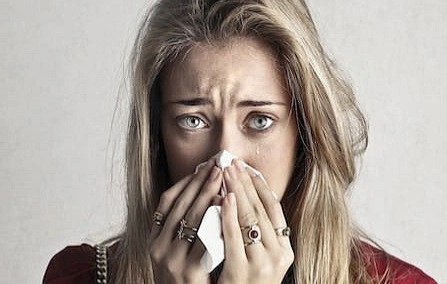Allergies and asthma
Allergies and asthma are a very common topic these days.
That's why people who suffer from asthma or allergies are looking for different ways to relieve these symptoms and help their lungs function better in every situation and wherever they are.In this article, we look at asthma and allergies, their causes, symptoms and treatment options.

World Asthma and Allergy Day
World Asthma and Allergy Day falls on the first Tuesday in May - this day was declared by the Global Initiative for Asthma (GINA) in cooperation with the European Federation of Allergy and Asthma Associations. On this day, activities are held all over the world with the aim of introducing the general public to the issue of these serious diseases.
World Asthma and Allergy Day
falls on the first Tuesday in May.
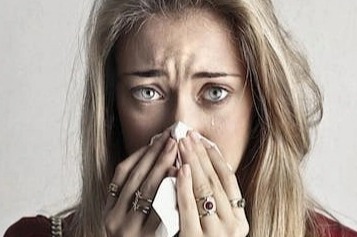
Allergies and asthma cause great discomfort.
Asthma and allergies are two common diseases that affect many people around the world. Allergies and asthma are linked to the respiratory system and can cause discomfort and limit the daily pleasures of life.Asthma
Asthma is a chronic disease of the airways that manifests itself as inflammation and narrowing of the bronchial tubes. This condition leads to recurrent attacks of shortness of breath, coughing, chest tightness and breathing difficulties.
The causes of asthma are complex and may include genetic factors, exposure to allergens, air pollution or stress factors.
Asthma can be triggered by allergic reactions to substances such as pollen, dust mites, animal fur or mould.
Allergy
An allergy is an exaggerated immune reaction to substances that are usually harmless. When a person with allergies comes into contact with these allergens, the immune system reacts by releasing histamine and other chemicals that cause allergic symptoms.
These may manifest as itching, redness, rash, sneezing, runny nose, itching or swelling.
Allergies can affect different parts of the body, including the skin, eyes, nose, bronchial tubes and digestive system.
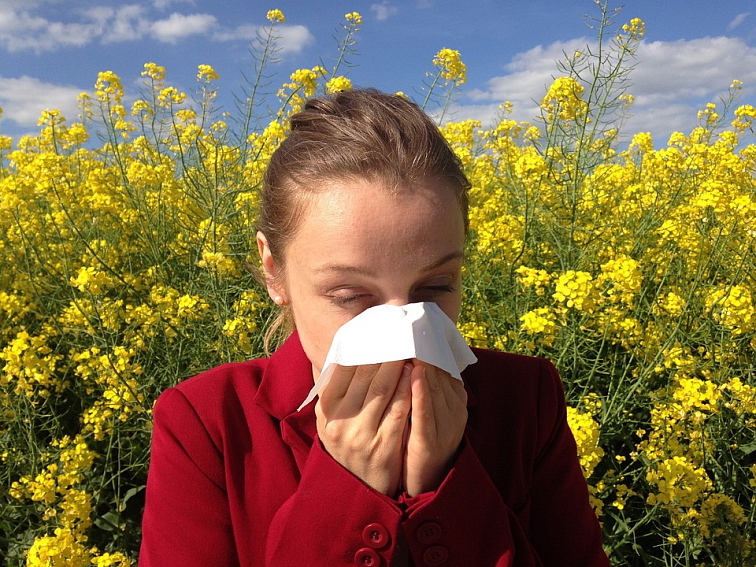
The connection between asthma and allergies
There is a close link between asthma and allergies. People with allergies have a greater risk of developing asthma and, conversely, people with asthma are more prone to allergic reactions. Asthma triggered by allergies is called allergic asthma and is the most common type of asthma. In allergic asthma, contact with the allergen can cause bronchitis and narrowing of the airways, leading to signs of asthma such as shortness of breath and coughing.Asthma treatment involves a combination of medication and preventive measures to help control symptoms and reduce the severity of attacks. Here is an overview of the most commonly used treatments:
- Inhalers: inhalers are the main way of administering medicines for asthma. These inhalers contain medicines called bronchodilators, which dilate the bronchial tubes and make breathing easier, and corticosteroids, which reduce bronchial inflammation.
- Environmental control: One of the key aspects of asthma treatment is minimizing exposure to allergens and irritants. This includes regular cleaning of the home, removing dust, dust mites, mold and pet hair. It is also advisable to avoid cigarette smoke and irritating chemicals.
- Acute attack plan: every asthmatic should have a plan for managing an acute attack. This plan sets out what medicines to take, how to respond to worsening symptoms and when to seek medical help. It is important that the asthma patient is familiar with this plan and knows how to follow it.
- Immunotherapy: immunotherapy, also known as allergic desensitisation, may be recommended in cases of allergic asthma. This treatment consists of gradually exposing the patient to small amounts of the allergen in order to gradually reduce the immune response to the allergen. Immunotherapy can help reduce sensitivity to allergens and improve asthma control.
- Lifestyle and prevention: a good lifestyle can also help treat asthma. This includes regular exercise, a healthy diet and maintaining a healthy body weight. It is also important to avoid strenuous physical activities that could trigger attacks and to learn proper breathing.
A proven helper not only for allergies and asthma is our
Spray oxygen therapy
Oxygen is vital to the strength and health of our bodies as it supplies 90% of all functions.
Inhalation Oxygen O2 (14L) 1pc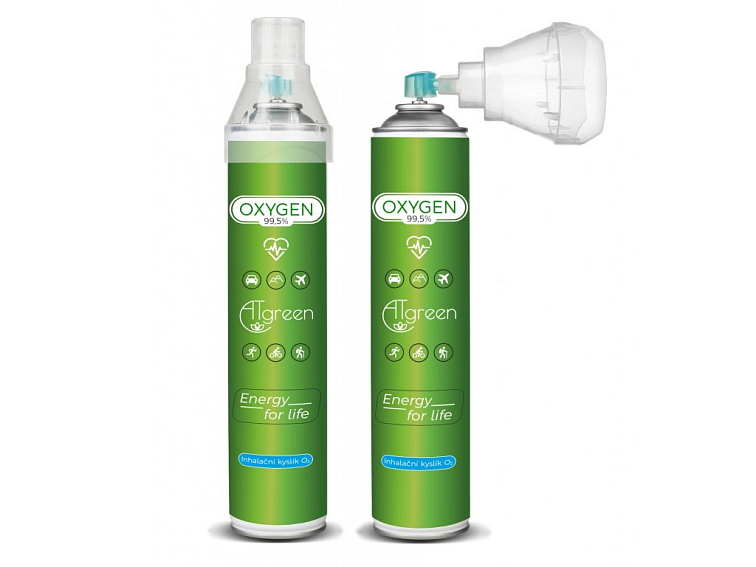

In the long run, it is also advantageous to buy only cartridges without an inhalation mask
Oxygen cartridge without inhalation maskWith regular use it is possible to take advantage of our package
Inhalation Oxygen O2 (14L) 16pc + Gift, Pulse oximeter with LCD display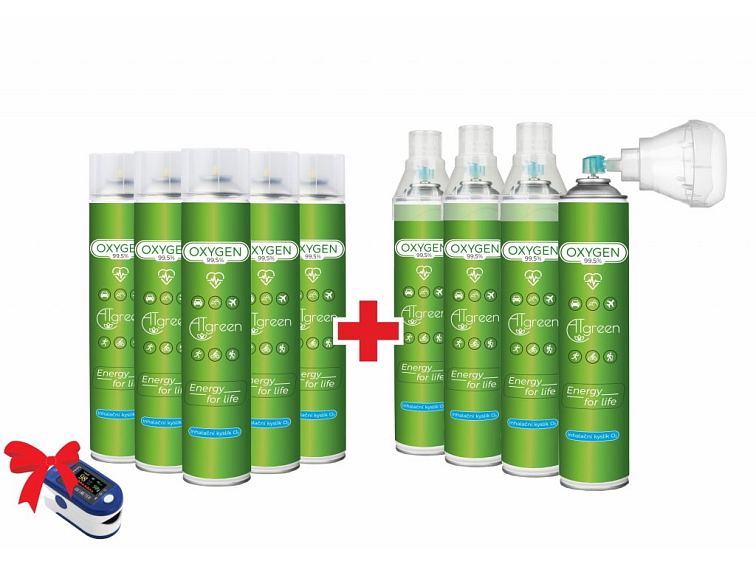
It is true that in some cases, inhaled oxygen spray can be used as part of allergy and asthma treatment. Inhaled oxygen can help to improve tissue oxygenation and manage attacks of shortness of breath associated with allergies and asthma.
Inhaled oxygen can be administered by spray. The sprays contain compressed oxygen and are therefore very light. You can therefore take them with you wherever you go.
It is important to note that inhaled oxygen spray should not be considered as a primary treatment for asthma. Rather, it is one of the supportive treatment options.



